Dogwoods and willows: A new style of winter planting?
Mark Griffiths extols the merits of these bare-stemmed beauties in the world of winter planning, which are both a joy to create and easy to maintain.
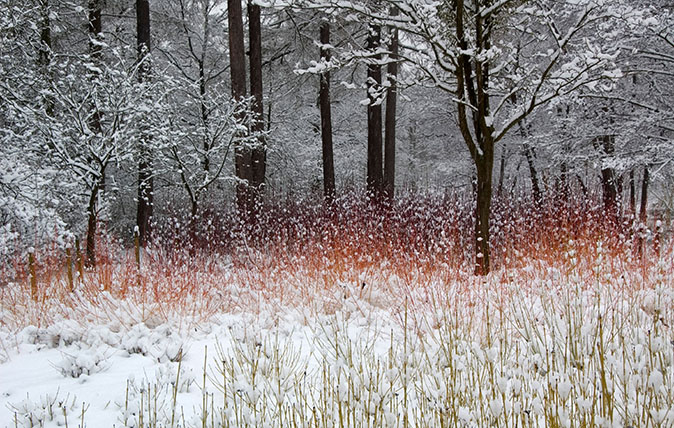
For centuries, we’ve grown dogwoods (Cornus) and willows (Salix) for their colourful winter-bare stems and branches, but it’s only in this century that extensive areas have been devoted to them and they have been used en masse as the main materials of a new style of winter planting, notably at the Bressingham Gardens in Norfolk, the Cambridge University Botanic Garden, the RHS Garden Wisley and the Oxford University Parks.
It’s an astonishingly felicitous development. Such plantings are a joy to create and easy to maintain. As for beholding and being among them, even on benighted days, their incandescent branches put the winter blues to rout.
When pruned, most of the plants involved are similar in form: a dense thicket of rod-like stems arising straight from the ground or a short woody base. However, they’re varied enough in colour to generate vivid contrasts. In this category, the best dogwoods are Cornus alba Sibirica and Baton Rouge (sealing-wax red), C. alba Kesselringii (maroon-black) and C. sericea Flaviramea (primrose to mustard yellow).
'I remember the freezing day at Foggy Bottom in Norfolk when Adrian Bloom first showed me Cornus Midwinter Fire.'
Although these can be used solo, mixed plantings are spectacular in which differing groups or drifts, each of one cultivar, are juxtaposed. For sitting beside or behind them, the best willows are Salix alba Britzensis (brass stem bases, cinnabar to scarlet tips), S. alba var. vitellina (brilliant pale gold), S. daphnoides (aubergine bloomed with silver) and S. x rubens Basfordiana (glowing tawny yellow suffused with vermilion).
A few of the new winter garden’s greatest ornaments don’t conform to this tall, rod-like habit, being more bushy by nature and twiggy in their beauty. Cornus Midwinter Fire is the finest of several similar C. sanguinea cultivars in which the leafless stems and branches pass from pale apricot at their bases through orangey amber to flame at their tips.
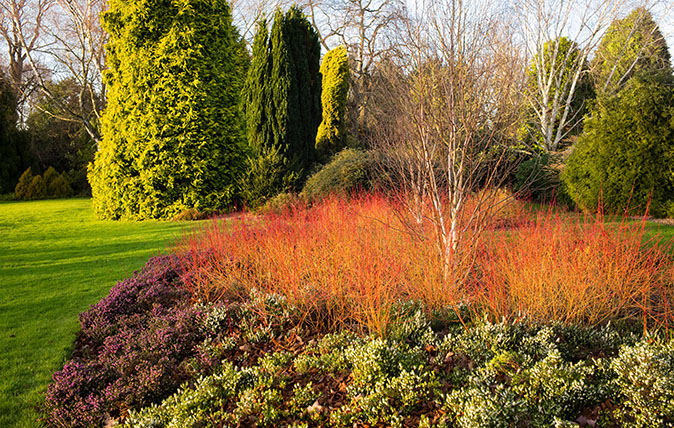
In Salix fargesii, the bare branch summits are glossy dark chocolate and the bud sheaths (soon to split, revealing silver catkins) blood red to ruby.
Both of these consort happily with their larger cousins in the foreground of mass plantings, but they’re also indispensable in more confined schemes. I remember the freezing day at Foggy Bottom in Norfolk when Adrian Bloom first showed me Cornus Midwinter Fire, which he’d put in a large terracotta pot. ‘It’s a new shrub we’re offering this year,’ he explained, ‘I thought I’d plant it up with a few things.’
Exquisite houses, the beauty of Nature, and how to get the most from your life, straight to your inbox.
Around it in the container, tufts of Galanthus S. Arnott poked through a turf of Ophiopogon planiscapus Nigrescens and hovered over its glossy black, ribbon-like leaves in a ballet of brilliant white. I’ve since seen pots of this perfectly chosen trio warm many a chill terrace.
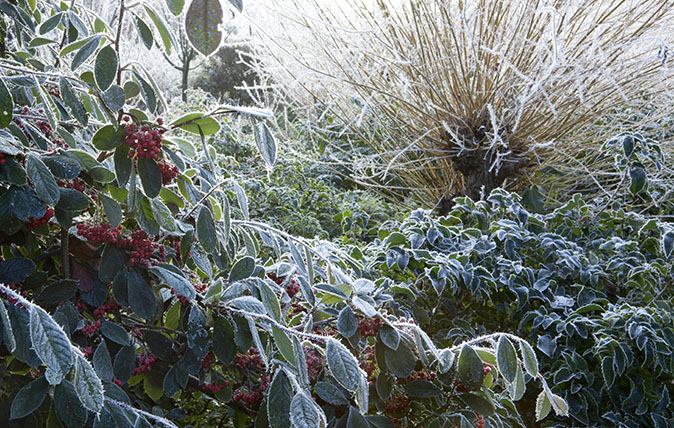
Favourite locations for larger winter gardens are the shores of lakes and large ponds, where the willows and dogwoods will exult in the damp, even saturated, ground.
However, they’ll succeed anywhere, given full sun and soil that doesn’t dry out for long, and creating them nowhere near water increases the choice of companion plants and the design possibilities. For example, in the dark months, few other garden pleasures can equal walking a gravel path between two deep borders brimming with brilliant wands.
'A crop of new shoots will soon appear and the cut wands or withies can be put to uses from arched edging for borders to full-blown basketry'
To preserve their looks, you’ll need to perpetuate their youth and that entails pruning them once spring has properly arrived and the new growth is breaking. With cultivars of C. sanguinea, allow a permanent, 2ft to 3ft-tall framework of stems to form and merely cut back any branches that are starting to look dull and barky. The same goes for S. fargesii.
For the other dogwoods and willows, something more radical is in order: the not-so delicate art of stooling. Here, all of the stems are cut down to within a few inches of the ground or of the short stump (the stool) that develops over the years.

As jobs go, it seems drastic, especially if the shrubs are still looking colourful, but a crop of new shoots will soon appear and the cut wands or withies can be put to uses from arched edging for borders to full-blown basketry.
Whether to stool annually or every other year will depend on the specimen’s vigour and your energies. Give new shrubs a couple of years to establish themselves before you begin their pruning regime.
As they’re finding their feet, the most enjoyable part of the exercise begins: choosing and arranging their companions, among them silver-caned brambles (Rubus cockburnianus and R. thibetanus), hellebores, Pulmonaria, spring vetch, snowdrops, aconites, scillas, ferns, woodrushes, sedges, groundcover ivies and evergreen shrubs such as Daphne bholua and Sarcococca. And so winter becomes wondrous, welcome.
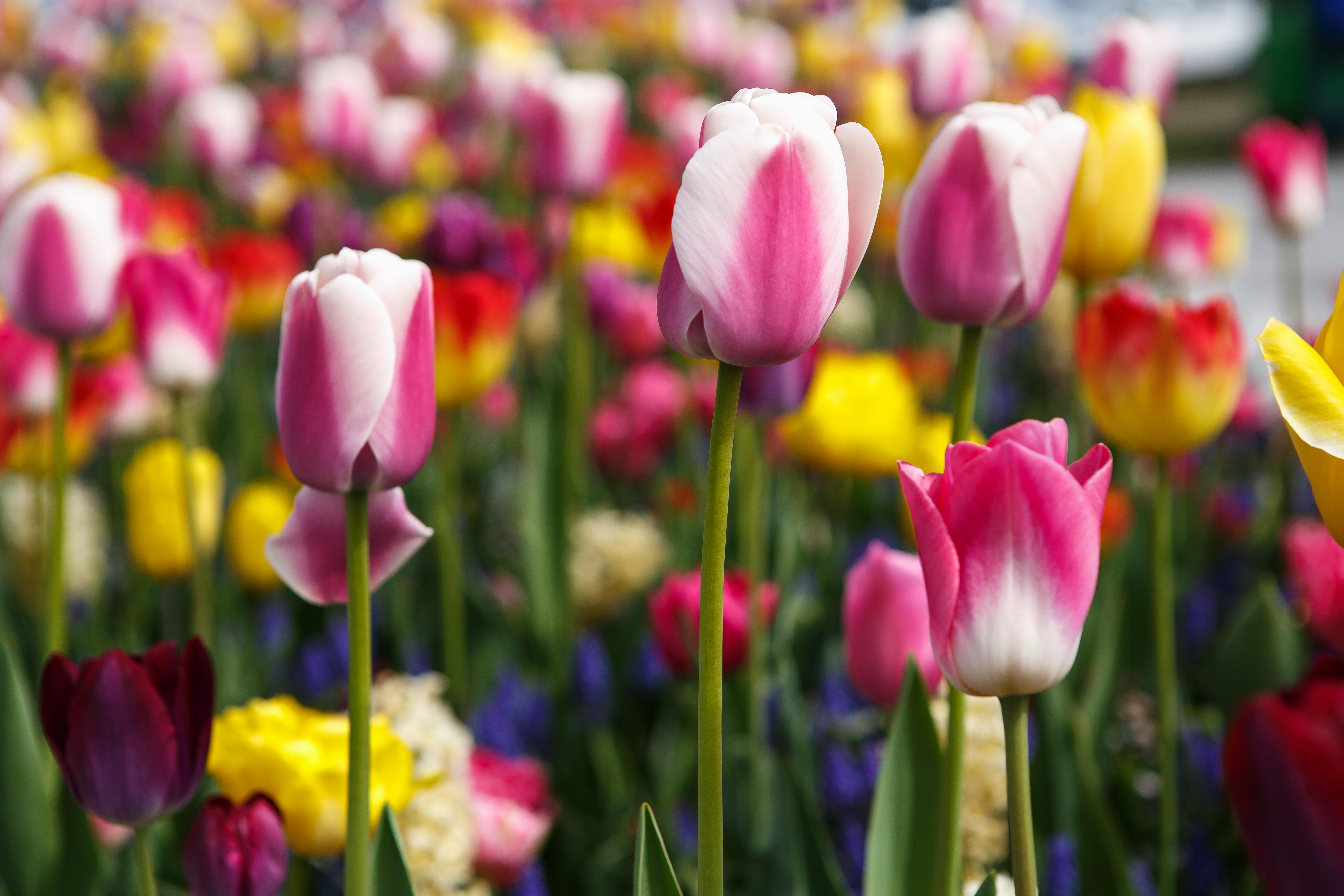
Credit: Alamy
Alan Titchmarsh: The best time of year to plant tulips
Alan Titchmars on planting tulips - and avoiding the grind of removing and storing bulbs every year.
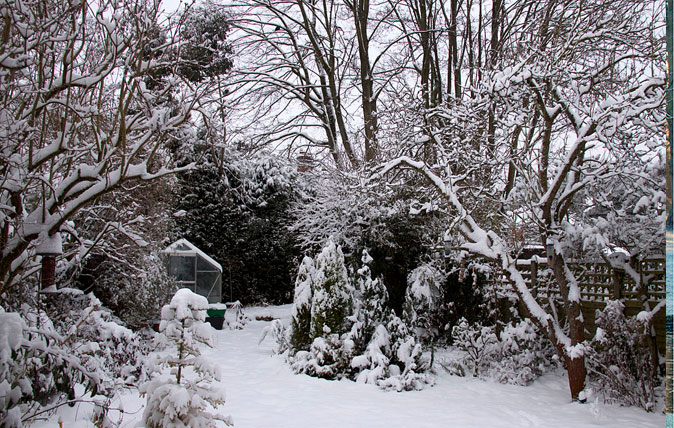
Credit: Tony Hisgett
Alan Titchmarsh: Don’t stop gardening in winter – start dreaming
Alan Titchmarsh takes a look at the joys and pains of gardening in the winter
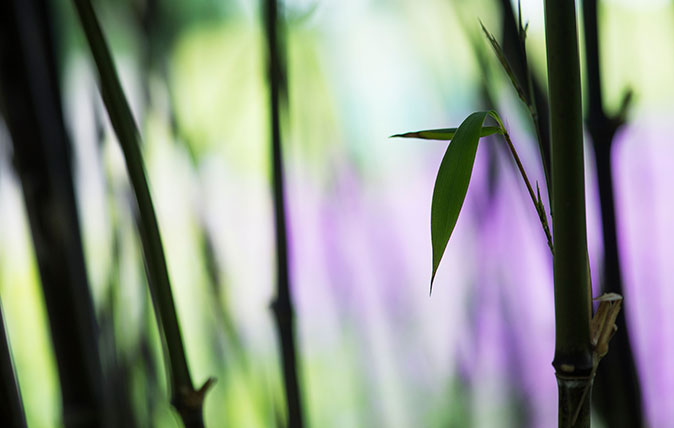
The dazzling colours of bamboo – yes, bamboo – which can steal your heart
Bamboo isn't just a hardy, quick-to-grow plant – it can bring terrific splashes of year-round colour to your garden, as Mark